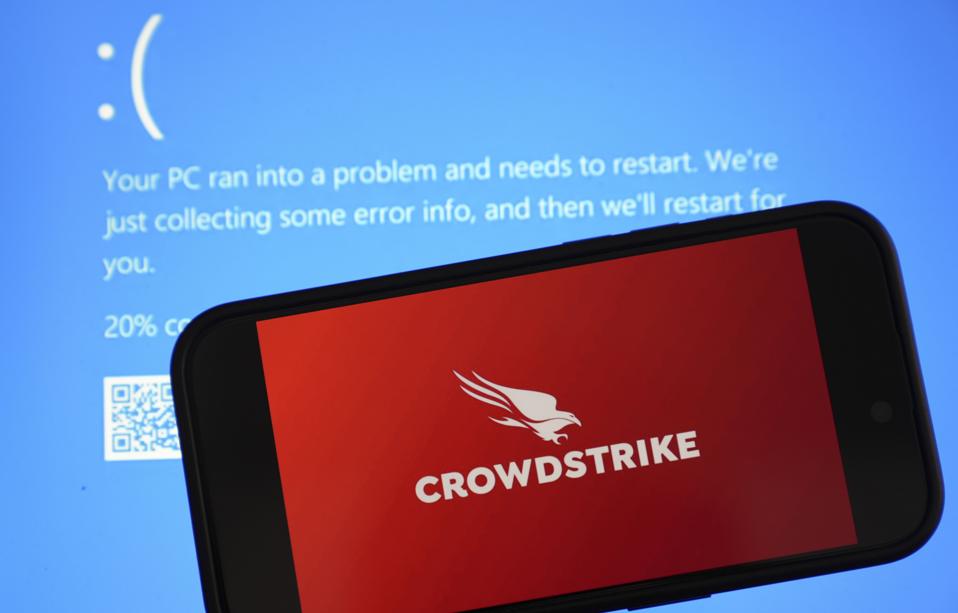
Keynotes – Preventing Catastrophic Outages Like Crowdstrike
Keynotes – Preventing Catastrophic Outages Like Crowdstrike
The recent CrowdStrike outage is a stark reminder of the vulnerability of even the most sophisticated systems in our increasingly digital world. For data-heavy enterprises, which rely on uninterrupted operations to maintain competitiveness and customer satisfaction, the consequences of such disruptions can be catastrophic. Beyond immediate financial losses, these outages can erode trust, damage brand reputation, and hinder long-term growth prospects. The following keynotes highlight the critical steps organizations can take to fortify their infrastructure, minimize downtime, and safeguard their valuable data from the devastating impact of unexpected system failures.
Understanding the Threat Landscape
- Identify Critical Systems: Pinpoint systems that, if compromised, would severely impact operations.
- Assess Vulnerability: Regularly conduct vulnerability assessments to identify potential weaknesses.
- Threat Modeling: Simulate potential threats and their impact to develop mitigation strategies.
Building a Robust Infrastructure
- Redundancy: Implement redundant systems and data centers to ensure uninterrupted operations.
- Disaster Recovery Planning: Develop comprehensive disaster recovery plans with regular testing.
- Cloud Adoption: Consider cloud-based solutions for scalability, flexibility, and disaster recovery.
- Data Backup: Maintain regular and secure backups of critical data.
- Network Security: Implement robust network security measures, including firewalls, intrusion detection systems, and encryption.
Effective Change Management
- Rigorous Testing: Thoroughly test software updates and changes in a controlled environment.
- Phased Rollouts: Introduce changes gradually to minimize impact.
- Rollback Plans: Have detailed rollback plans in place for unexpected issues.
Human Factor and Training
- Staff Awareness: Educate employees about security best practices and the importance of data protection.
- Regular Training: Provide ongoing training on new threats and security measures.
- Incident Response Plan: Develop a clear incident response plan and conduct regular drills.
Real-time Monitoring and Analytics
- Continuous Monitoring: Implement 24/7 monitoring of systems and networks.
- Anomaly Detection: Use advanced analytics to identify unusual patterns that could indicate a threat.
- Automation: Automate routine tasks and response procedures to reduce human error.
Third-Party Risk Management
- Vendor Assessment: Evaluate the security practices of third-party vendors.
- Contractual Obligations: Ensure clear security requirements in vendor contracts.
Compliance and Governance
- Regulatory Adherence: Comply with relevant data protection regulations.
- Data Governance: Establish clear data ownership and access controls.
- Regular Audits: Conduct regular security and compliance audits.
By implementing these strategies, data-heavy enterprises can significantly reduce the risk of catastrophic outages. Remember, prevention is always better than cure. Continuous investment in security and resilience is essential in today’s digital landscape.
